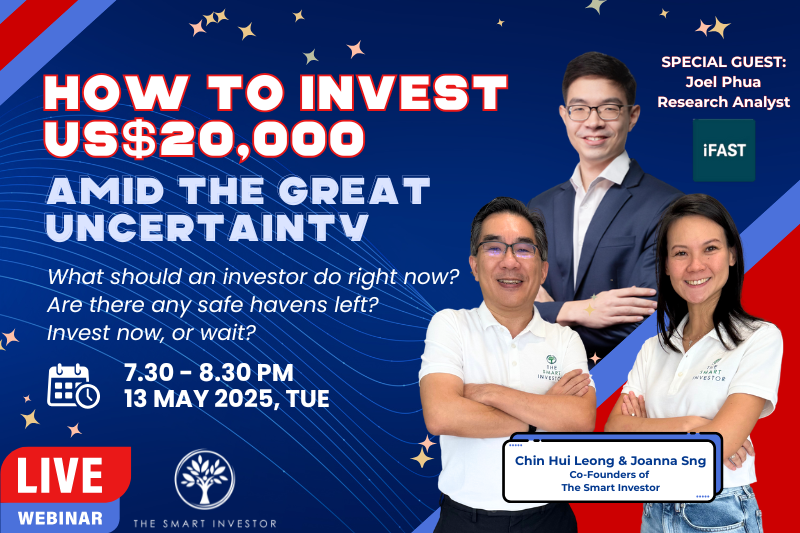This is the fourth part in a series that looks at different behavioural traits and biases which affect investors.
They are taken from the excellent book “The Art of Thinking Clearly” by Rolf Dobelli.
You can find the first three parts HERE (Part 1), HERE (Part 2) and HERE (Part 3).
This section features three more interesting phenomena that could affect your thinking.
9. Neglect of probability
This bias speaks to the tendency to neglect the probabilities when it comes to the occurrence of common events.
When investing, certain types of behaviour and events may be more common than you can imagine.
However, your mind may not perceive them as such.
This inability to perceive causes you to feel emotionally stressed or drained when you encounter such scenarios.
Here’s an example to illustrate this.
Let’s assess the probability of a profit warning being issued by a company within your investment portfolio.
Profit warnings are relatively common as businesses are constantly subjected to competition and dynamic changes in the business environment.
If you are not mindful of such probabilities, you may feel flustered when you encounter such announcements.
Therefore, it is always useful to be aware of probabilities when investing by studying historical trends and events.
10. Base-rate neglect
Base-rate neglect represents a major problem in investing.
This bias does not account for the base-rate success probability for the majority of firms.
Investors tend to focus on the “outliers” – one or two large companies that started small but grew enormously large after many years.
A few good examples will be Amazon (NASDAQ: AMZN) and Apple (NASDAQ: AAPL).
With this in mind, investors may assume that a similar company can also achieve the same “greatness” within the same period.
What these investors fail to account for is that the base-rate probability of a company growing in that manner is very low.
Hence, the desire to look for “big winners” is rooted in a mistaken view that a similar company can repeat the success of another, different company.
Remember that luck and randomness also play a role in making a business very successful, and these conditions are unlikely to be replicated again.
Base-rate neglect causes investors to have high expectations for an event which in all likelihood will fail to materialise.
11. Induction
Induction occurs when a situation repeats itself so often that it convinces us that we were right, but we end up facing a situation where something different eventually transpires.
The problem lies in humans’ pattern-seeking behaviour.
Our brains are hard-wired to recognize and respond to familiarity and patterns.
The mind also tends to link repeated events to a causative agent, when in reality, there may not be any causal link at all.
Induction is a type of fallacy as it makes investors assume that a good thing can carry on indefinitely even if evidence crops up that contradicts this view.
The advice is to keep an open mind and be ready to alter your views if proven wrong.
By doing so, you can avoid falling into the induction trap.
Looking to start investing? Our beginner’s guide will show you how to make the best buying decision and make fewer mistakes. Click here to download for free now.
Follow us on Facebook and Telegram for the latest investing news and analyses!
Disclosure: Royston Yang owns shares of Apple.




